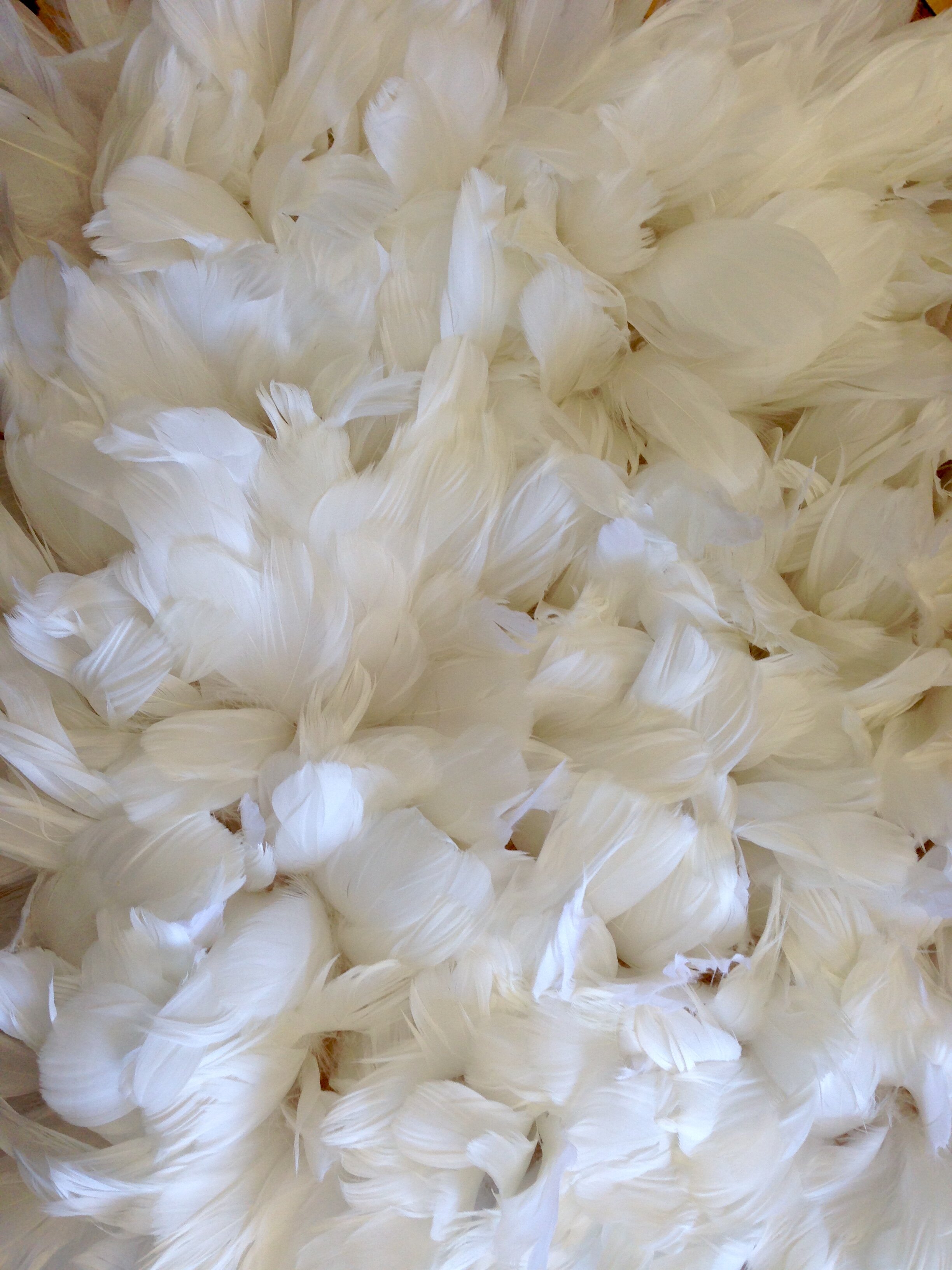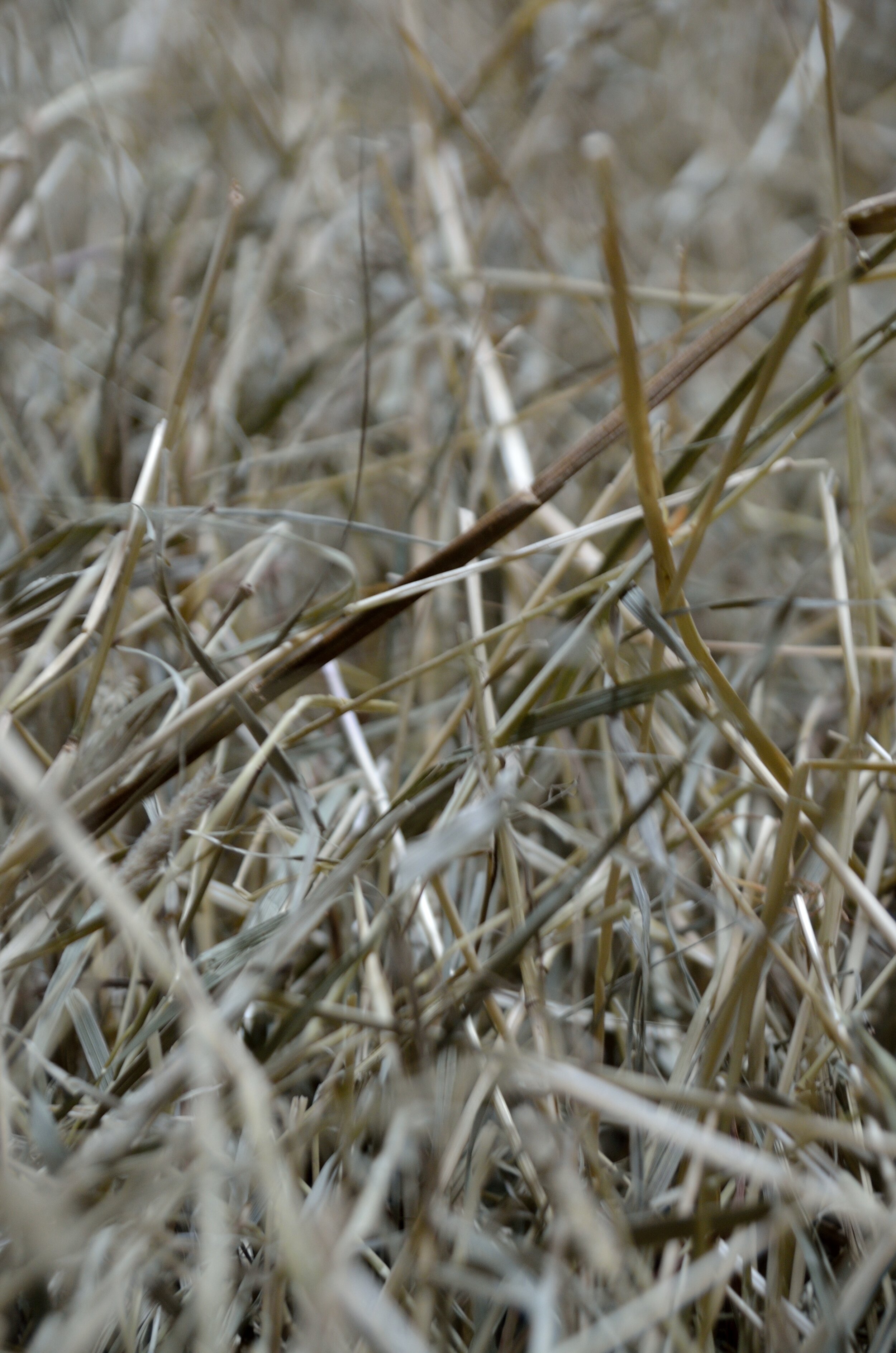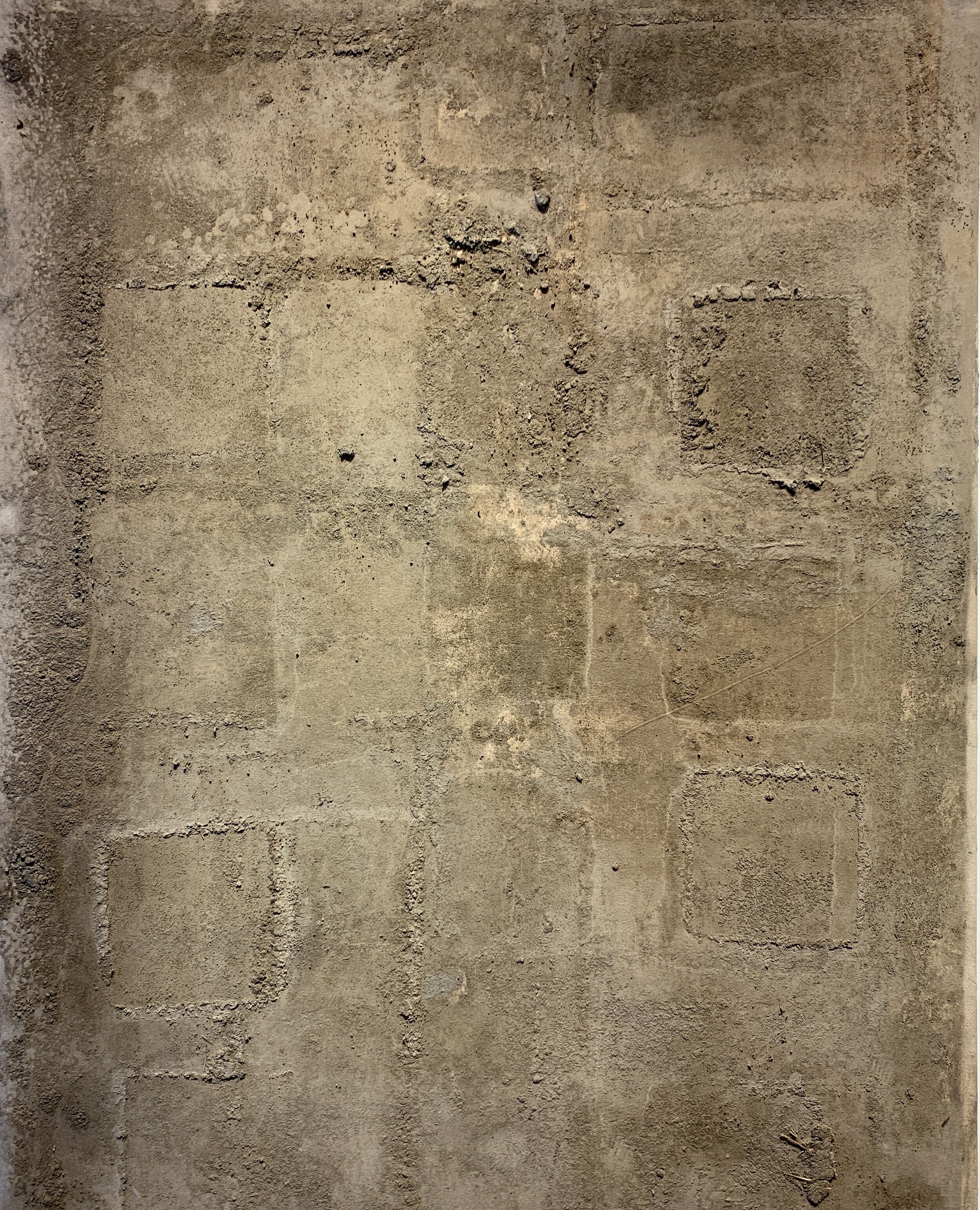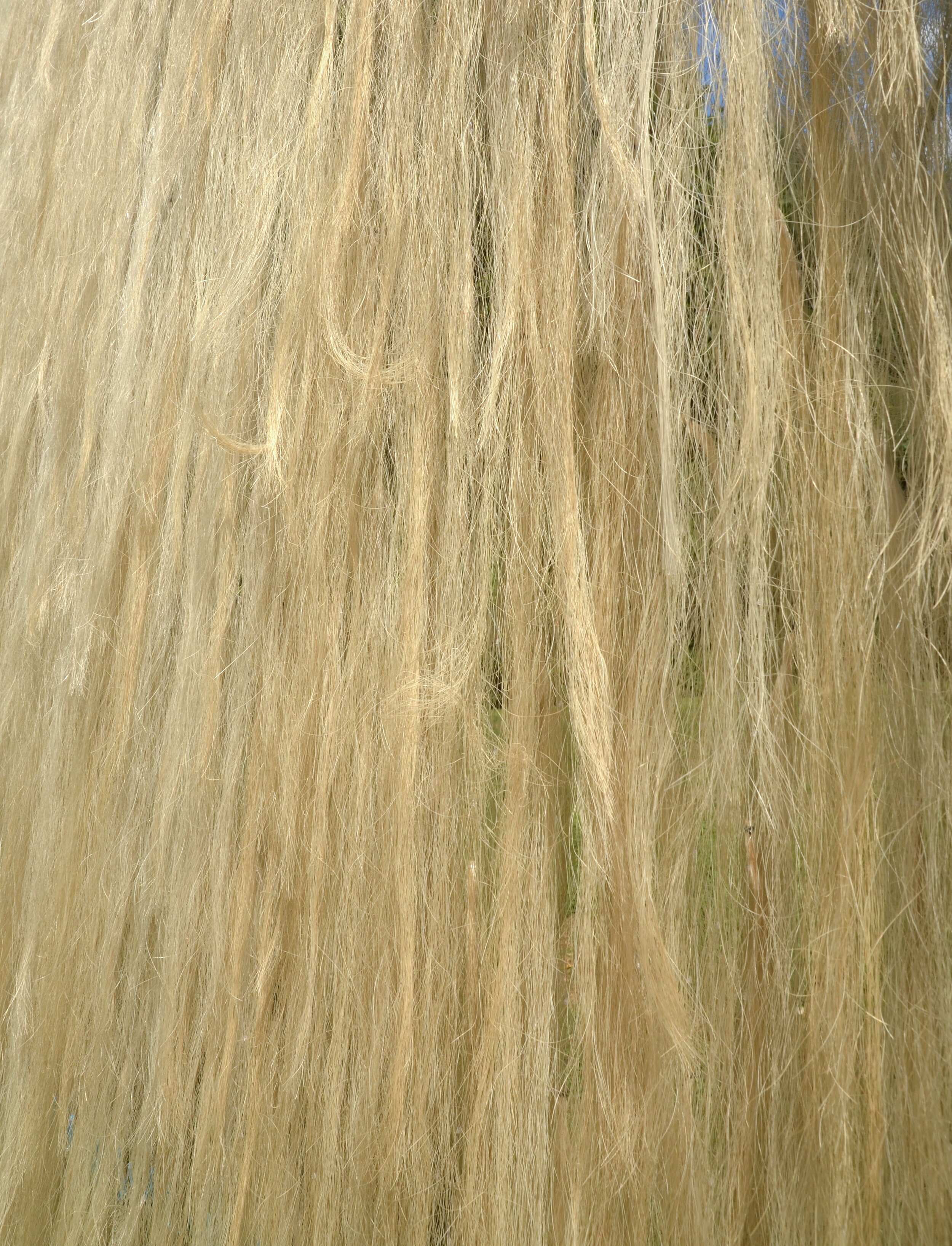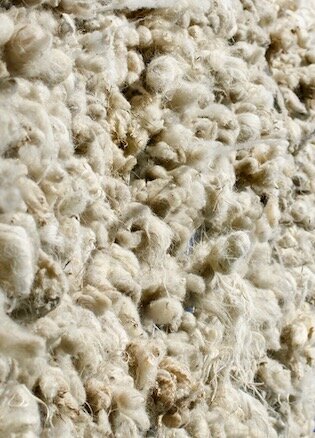
A writer once asked me why I prefer to make work that is ephemeral. This question swirls around my head while I work in the field as the wind picks up or when I arrive only to find that rain has taken down a certain section of the wall. I initially I answer, because life is ephemeral and I realize that this is way too easy of an answer. It is in the continuous tearing down and the building up of material, the additive and reductive elements so prevalent in traditional art, that I start to understand the nature of what it means to be ephemeral.

Making art that may not last takes the emphasis off of the final product and puts a highlight on process. It allows the invisible element of time to be visible in the most fundamental way. We witness, even experience, change. Perhaps my art mimicks what I see in the farms surrounding me in New England as they fall in disrepair.






